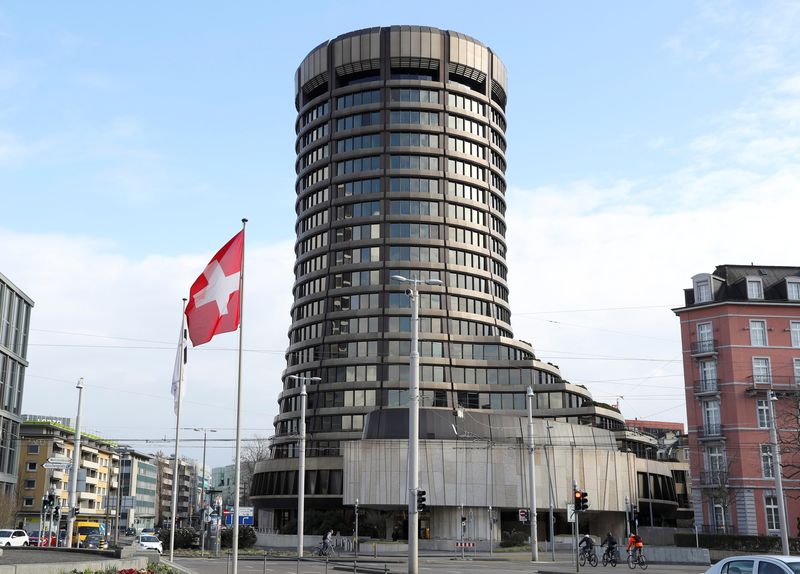Forex
Central bankers lay out digital currency cyber threat


© Reuters. The tower of the headquarters of the Bank for International Settlements (BIS) is seen in Basel, Switzerland March 18, 2021. REUTERS/Arnd Wiegmann/File Photo
By Marc Jones
LONDON (Reuters) – The central bankers’ central bank, the Bank for International Settlements (BIS), has laid out a seven-point plan designed to help countries prevent cyber hacks on the new wave of digital national currencies under development.
Around 130 countries are now exploring central bank digital currencies (CBDC) to keep up with technological change, but there are worries that the online nature of them could make them a major target for criminals and hostile states.
The BIS acts as an umbrella body for the U.S. Federal Reserve, European Central Bank, Bank of England and other central banks around the world and has been co-ordinating a lot of work on CBDC development.
In two interlinked reports published on Friday it warned that CBDC systems were, “complex, with a large attack surface and many potential points of failure, bringing new and elevated risks”.
Analysis of past cyber attacks also revealed “gaps” in the security attack modelling systems of the more technologically-advanced CBDCs and that the “mean time to attack” – the time it took for hackers to successfully compromise a blockchain type set-up – was only around 10 months on average.
“This is a key point to note for central banks about to launch a CBDC, they must be thoroughly prepared to adequately monitor and repel both well understood and novel” cyber attacks, the BIS said.
The worry is that a successful attack on a CBDC could seriously erode public confidence in the new currencies as well as the central banks themselves and the wider financial system.
Hackers have struck a number of central banks in recent years from Denmark to Bangladesh. According to crypto research firm Elliptic, users of cryptocurrency, non-fungible tokens (NFTs) and other digital assets lost $10.5 billion due to theft in 2021.
The BIS called its seven-point plan the “Polaris (NYSE:) security and resilience framework”.
Specifically, it calls on central banks to:
• Recognise the complexity and new threat landscape brought by CBDC systems.
• Adopt modern enabling technologies supporting security and resilience where appropriate.
• Take stock of existing capabilities that could be used by a CBDC system.
• Identify areas that need to improve and new capabilities that need to be implemented.
It also called for central banks to use the global “MITRE ATT&CK” database of past cyber attacks, and for an “official extension” of the MITRE ATT&CK framework to help central banks beef up their security measures.

 Forex3 years ago
Forex3 years agoForex Today: the dollar is gaining strength amid gloomy sentiment at the start of the Fed’s week

 Forex3 years ago
Forex3 years agoUnbiased review of Pocket Option broker

 Forex3 years ago
Forex3 years agoDollar to pound sterling exchange rate today: Pound plummeted to its lowest since 1985

 Forex3 years ago
Forex3 years agoHow is the Australian dollar doing today?

 Cryptocurrency3 years ago
Cryptocurrency3 years agoWhat happened in the crypto market – current events today

 World3 years ago
World3 years agoWhy are modern video games an art form?

 Commodities3 years ago
Commodities3 years agoCopper continues to fall in price on expectations of lower demand in China

 Economy3 years ago
Economy3 years agoCrude oil tankers double in price due to EU anti-Russian sanctions





















